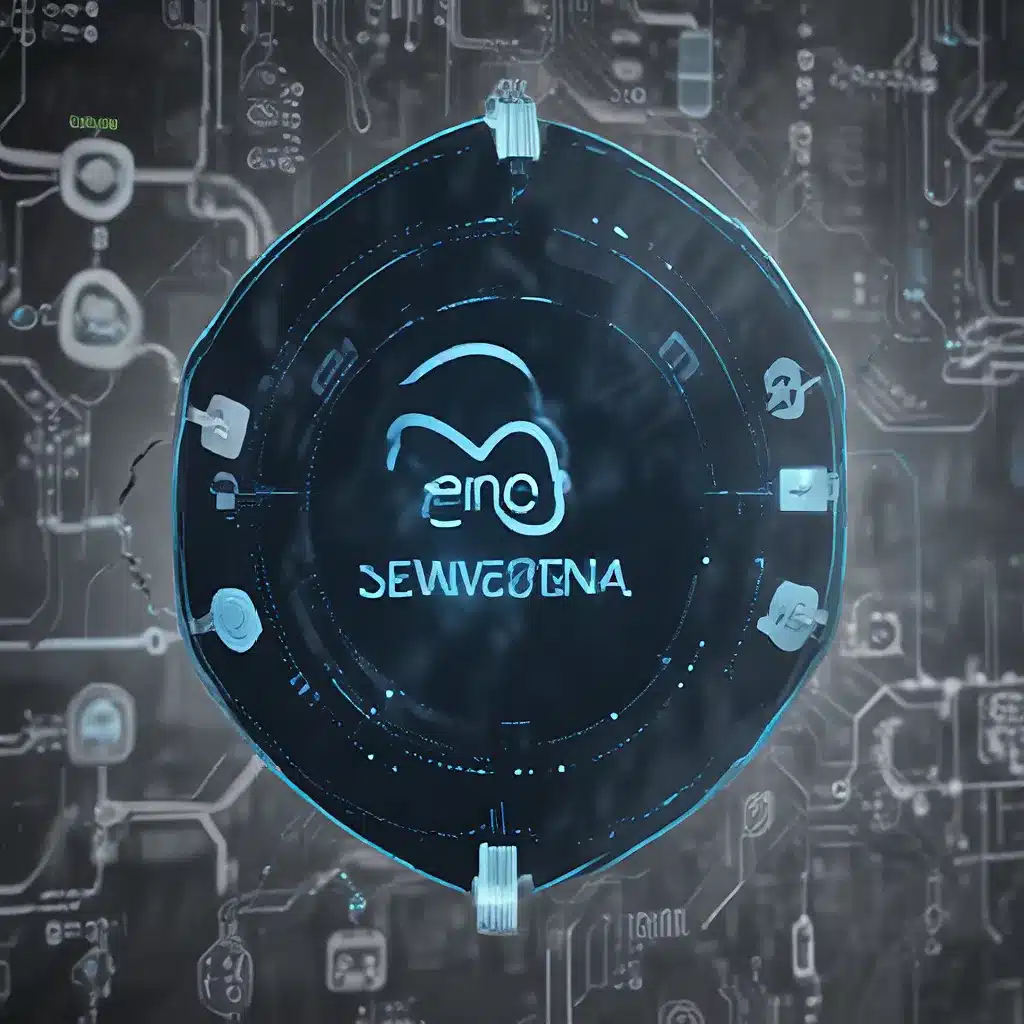
As the Internet of Things (IoT) continues to revolutionize various industries, the need for secure and auditable sensor data has become increasingly critical. In today’s interconnected world, where sensor networks are the backbone of IoT applications, ensuring the provenance and integrity of sensor data is paramount to building trustworthy and accountable systems.
Securing Sensor Data Provenance
Data provenance is the comprehensive record of the origins, transformations, and ownership of data. In the context of sensor networks, data provenance is essential for understanding the lineage and reliability of the sensor data being collected and used in IoT applications.
One of the key challenges in securing sensor data provenance is the distributed and heterogeneous nature of sensor networks. Sensors can be deployed in diverse environments, with varying levels of physical security and connectivity. Ensuring that the provenance information is tamper-resistant and verifiable is crucial to maintaining the trustworthiness of the sensor data.
Recent research has explored the use of blockchain technology as a means of securing sensor data provenance. By leveraging the decentralized and immutable nature of blockchain, sensor data and its provenance can be recorded and verified in a tamper-evident manner. This approach can help address the challenges posed by the distributed nature of sensor networks and ensure the traceability and auditability of sensor data.
Furthermore, the integration of cryptographic techniques, such as digital signatures and hash functions, can further strengthen the security of sensor data provenance. These techniques can be used to validate the origin of sensor data and detect any unauthorized modifications or tampering.
Ensuring Sensor Data Integrity
Alongside securing data provenance, maintaining the integrity of sensor data is crucial for trustworthy IoT applications. Sensor data can be susceptible to various types of attacks, such as spoofing, injection, or tampering, which can compromise the accuracy and reliability of the data.
To address these challenges, researchers have developed security mechanisms that focus on verifying the integrity of sensor data. These mechanisms may include the use of secure hardware, cryptographic techniques, and anomaly detection algorithms.
One approach involves the use of trusted execution environments (TEEs), such as Intel SGX or ARM TrustZone, to create a secure enclave within the sensor device. This enclave can be used to store and process sensor data in a trusted and verifiable manner, ensuring the integrity of the data.
Additionally, machine learning-based anomaly detection techniques can be employed to identify and flag any unusual sensor data patterns, which may indicate potential attacks or data tampering. By continuously monitoring the sensor data and detecting anomalies, IoT applications can maintain the integrity of the data and respond appropriately.
Energy-Efficient Sensor Network Design
Ensuring the security and integrity of sensor data is not the only challenge in the IoT landscape. Energy management is also a critical consideration, as sensor nodes are often resource-constrained and battery-powered.
Designing energy-efficient sensor networks is crucial to prolonging the operational lifetime of IoT systems and minimizing the need for frequent battery replacements or recharging. This can be achieved through various architectural and protocol-level optimizations, such as duty cycling, data aggregation, and energy-aware routing.
Research in this area has explored the integration of energy-harvesting technologies, like solar cells or piezoelectric generators, to supplement the power supply of sensor nodes. By leveraging these renewable energy sources, sensor networks can become more self-sustaining and environmentally friendly.
Additionally, the development of energy-efficient communication protocols and media access control (MAC) schemes can help reduce the energy consumption of sensor nodes during data transmission and reception. By optimizing these protocols, IoT systems can achieve improved energy efficiency and extended battery life.
Practical Applications and Future Trends
The secure and energy-efficient design of sensor networks has far-reaching implications for a wide range of IoT applications, from smart cities and industrial automation to environmental monitoring and healthcare.
In smart city scenarios, secure sensor data provenance can enhance the transparency and accountability of public infrastructure management, such as traffic control, waste management, and energy distribution. Tamper-resistant sensor data can improve the reliability of these systems and enable more informed decision-making by city authorities.
In the industrial automation domain, secure and auditable sensor data can facilitate predictive maintenance and quality assurance processes. By verifying the integrity of sensor data, manufacturers can ensure the traceability of production processes and identify potential issues or anomalies more effectively.
Environmental monitoring applications, such as air quality or wildlife tracking, can benefit from energy-efficient sensor networks that can operate for extended periods in remote locations. Secure data provenance in these applications can support environmental conservation efforts and inform policy decisions.
The healthcare industry is another area where secure and energy-efficient sensor networks can revolutionize patient monitoring and disease management. Trustworthy sensor data can enable more accurate and reliable remote patient monitoring, improve medication adherence, and support personalized treatment.
As the IoT ecosystem continues to evolve, the importance of secure and energy-efficient sensor network design will only continue to grow. Ongoing research and development in blockchain, cryptography, machine learning, and energy-harvesting technologies will drive further advancements in this field, ensuring the long-term viability and trustworthiness of IoT applications.
By embracing these secure and sustainable sensor network design principles, organizations and industries can unlock the full potential of the Internet of Things, fostering innovation, enhancing operational efficiency, and improving the lives of individuals across a wide range of domains.
To explore more about sensor networks and IoT technologies, visit the Sensor Networks organization.